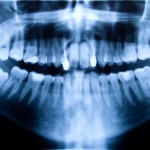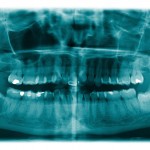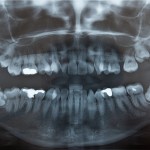
8 small RCTs were identified for this review of the effect of flap design on periodontal outcomes following third molar removal. The available evidence did not favour any particular flap design.
[read the full story...]
8 small RCTs were identified for this review of the effect of flap design on periodontal outcomes following third molar removal. The available evidence did not favour any particular flap design.
[read the full story...]
This update of an earlier Cochrane review comparing retention or extraction of of asymptomatic disease-free impacted third molars only identified 2 studies of low to very low quality evidence providing insufficient evidence to inform practice.
[read the full story...]
This review of antibiotic prophylaxis for the removal of third molars included 22 RCTs and suggest that antibiotic use lowered the infection risk by 60%. The number pf patients needed to treat to prevent one infection was 14 (95%CI;11-19).
[read the full story...]
This review included 13 observational studies involving 1080 patients demonstrating high prevalence and severity of tooth agenesis in Down syndrome individuals.
[read the full story...]
10 RCTs were included in this review of preoperative antibiotics for removal of third molars. The use of antibiotics significantly reduced the odds of surgical site infection or alveolar osteitis (OR = 0.30; 95% CI, 0.19 to 0.47; P≤.00001)
[read the full story...]
The worldwide prevalence of third molar impaction estimated from this review including 49 studies involving 83,484 individuals was 24.4% (95% CI;18.97% to 30.80%).
[read the full story...]
This review of piezoelectric surgery for third molar removal included 9 studies, 6 of which were RCTs. The findings suggest that outcomes were better for piezoelectric surgery but these findings should be viewed cautiously.
[read the full story...]
This review included 8 RCTs involving a total of 476 patients and found that submucosal dexamethasone reduced postoperative pain and swelling. Although only one of the studies was at low risk of bias and there was a possibility of publication bias, the findings should be considered with caution.
[read the full story...]
This trial compared eugenol dressing or chlorhexidine gel for dry socket prevention against no intervention. Both agents reduced the incidence of dry socket but the reduction was greater with eugenol.
[read the full story...]
This review included 16 low-moderate quality studies, which overall suggest that the use of oral contraceptives leads to a higher incidence of dry socket. Risk ratio = 1.80 (95% CI; 1.33–2.43).
[read the full story...]